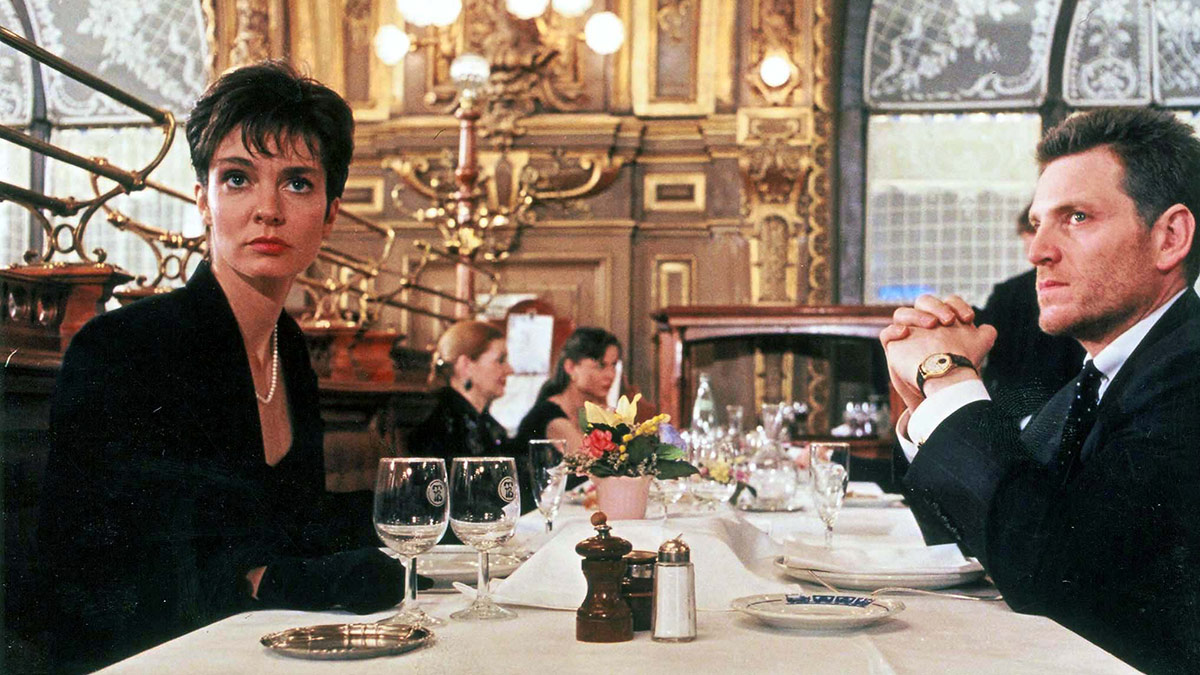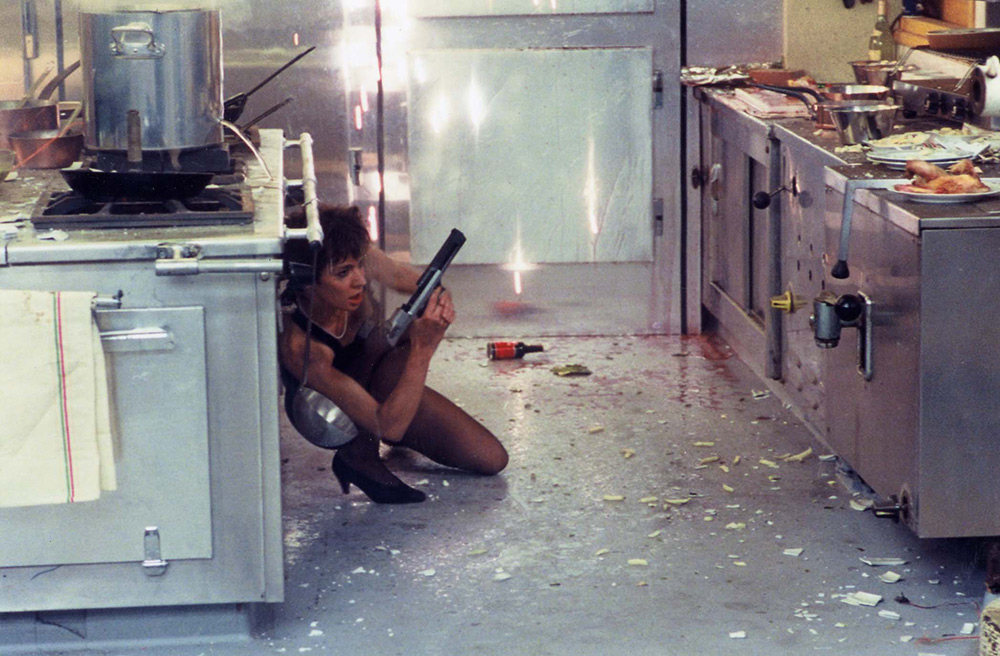
© 1990 Gaumont (France) / Cecchi Gori Group Fin. Ma. Vi -srl
“Nikita” is a turning point for Luc Besson, who drew on the tradition of French cinema and became a masterpiece.
2021.07.19
Was Besson the heir to the Nouvelle Vague?
In the late 1980s, Besson attracted attention as an up-and-comer in the French film industry, and was sometimes referred to as the "standard-bearer of the neo-Nouvelle Vague" along with Jean-Jacques Benex and Léos Carax. Benex wrote `` Betty Blue' ' (1986), Carax wrote `` Dirty Blood ' ' (1986), and Besson made a decisive hit with ``The Big Blue'' (1988). Release each. This made them the focus of attention for their next move.
It may seem surprising now, but they certainly had something in common. For example, a photography style that emphasizes pointing the camera at the street. This is similar to the basic attitude of the Nouvelle Vague, which began with Jean-Luc Godard. It also inherited the film noir tradition of incorporating ``crime'' into movies, and was an inheritor of the fine style of French cinema.

"Nikita" © 1990 Gaumont (France) / Cecchi Gori Group Fin. Ma. Vi -srl
However, Besson had a decidedly different sensibility from them. This is due to the strong influence of Hollywood entertainment works. There is a big difference between France, which is particular about its artistic sensibilities, and Hollywood, which is more commercially focused, even when it comes to the same movie. However, Besson, who had studied filmmaking in the United States before making his debut as a director, was trying to overcome that barrier. In fact, ``The Great Blue'' was filmed with lines in English rather than French, with an eye toward worldwide release.
Besson's Hollywood orientation continued into ``Nikita.'' Unlike the previous film, this one is shot in French, but there aren't that many lines. It wasn't important. This is because Besson was aiming for an action movie in which the actors' faces and bodies speak volumes. What we focused on was realistic combat. During battle, Nikita's line of sight is always in the same direction as the muzzle of his gun. The actions that are performed based on the basics of shooting may at first glance seem like flashy scenes from a Hollywood movie, but they are actually well thought out.

